Nominations for the 2021 3D Printing Industry Awards are now open, have your say in who is leading the industry now.
In this edition of Sliced, the 3D Printing Industry news digest, we cover the latest business developments and partnerships in the 3D printing sector.
Today’s edition includes 3D printing partnerships, several research and innovation grants, a new 3D printed art installation, and additive manufacturing milestones in the automotive and aerospace sectors.
Read on for the most recent updates from Nanofabrica, Nano Dimension, iMakr, The Digital Manufacturing Centre, University of Sydney, 3DVerkstan Nordic AB, Authentise and more.
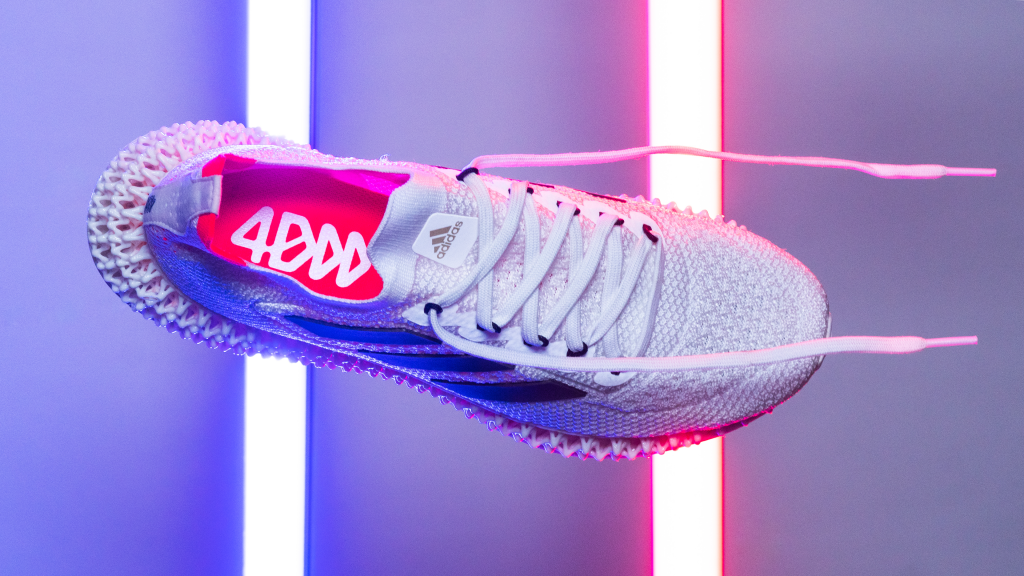
Partnerships, acquisitions, and investments in additive manufacturing
3D printer manufacturer Nexa3D has announced a new reseller partnership with Swedish technology distributor 3DVerkstan Nordic AB, expanding Nexa3D’s reach to the Nordic region. As part of the agreement, 3DVerkstan will supply Nexa3D’s full portfolio of products to its customers, including the flagship NXE400 3D printer. The system is based on Nexa’s proprietary lubricant sublayer photo-curing (LSPc) process and can reach print speeds of up to 1cm per minute.
“We are very excited and proud to be partnering with Nexa3D, world-leading innovators in ultrafast 3D printing technologies,” said Daniel Ljungstig, CEO at 3DVerkstan Nordic AB. “The systems will unlock a huge range of new applications and uses for digital volume production and same-day prototyping and we look forward to creating completely new value propositions together with our customers.”
Elsewhere, fashion manufacturing firm Kornit Digital has announced the acquisition of multi-material 3D printer developer Voxel8 for an undisclosed amount. Voxel8’s 3D printing process, which powers the company’s ActiveLab system, is capable of integrating varying elastomeric material properties across a single print. Kornit intends to leverage the technology’s multi-material capabilities for ‘unique, high-value decorative and functional applications’.
Kobi Mann, CTO of Kornit Digital, states, “Voxel8 offers direct 3D print-on-part capabilities, advanced software that can be easily integrated with any production floor software workflow and versatile chemistry enabling on-the-fly formulation of high-performance elastomers to change the material properties of the resulting printed structures by multiple orders of magnitude.”
Cincinnati-based contract manufacturer Vertex Manufacturing recently invested in its second VELO3D 3D printer, becoming the first contract manufacturer to offer Hastelloy-X 3D printing capabilities. The high-performance superalloy is characterized by its incredibly high oxidation resistance, and doesn’t become brittle when exposed to high temperatures for extended periods of time. Vertex will use its new Sapphire 3D printer to address the high-temperature, high-stress needs of customers in the aerospace and industrial gas turbine sectors.
Steve Rengers, President of Vertex, adds, “We’re interested in VELO3D because we value innovation, and we see them as a leader of innovation among advanced LPBF systems. VELO3D’s technology—the non-contact recoater, and the ability to do challenging geometries without supports—is a differentiator. That’s what Vertex is all about as well, so it’s a great collaborative relationship we’re looking to expand upon.”
Finally, 3D printer supplier iMakr has now begun distributing industrial metal 3D printers for the first time, expanding its product offering with SLM systems developed by HBD. The HBD range includes the HBD 150 SLM, the HBD 350 SLM, and the HBD 500 SLM. The machines are intended for applications in a whole host of sectors such as jewelry, automotive, dental, medical, and manufacturing tooling.
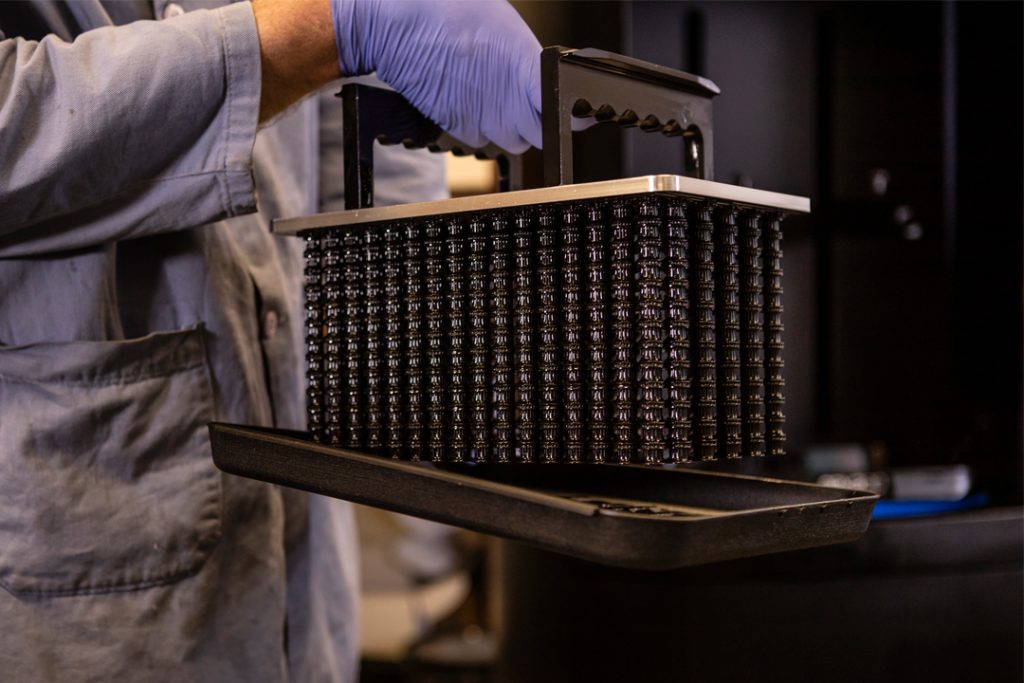
America Makes announces OASIS Challenge winners
Additive manufacturing innovation institute America Makes, together with the Air Force Research Laboratory (AFRL) and GE Global Research (GEGR), has announced the winners of its Open-source Additive Scanning Implementation Strategy (OASIS) Challenge. With a total of $68K in funding from AFRL up for grabs, the OASIS Challenge tasked participants with developing open-source algorithms to optimize scan strategies for laser-based powder bed fusion 3D printing.
The winning project teams are as follows:
- 1st Place, awarded $26.6K in funding: The Ohio State University (OSU)
- 2nd Place, awarded $16.6K in funding: OSU
- 3rd Place, awarded $11.6K in funding: Applied Optimization
- 1st Honorable Mention, awarded $6.6K in funding: OSU
- 2nd Honorable Mention, awarded $6.6K in funding: OSU
Q & M Dental Group advances swab training using 3D printing
Singapore-based Q & M Dental Group has begun using 3D printed anatomical models of human heads for COVID-19 swab training programs. Printed by industrial equipment supplier Creatz3D, the models were designed with a cross-sectional view made of four different materials and four different colors, providing a better understanding of the anatomy of the nasal cavity. In a training session with these printed heads, Q & M found that trainees were able to learn the intricacies of swabbing techniques faster than with other training methods.
Joseph Lua, an associate at Q & M Dental Group, stated, “Our focus was to find models with a cross-sectional view of the nose area so that we could teach learners about specific anatomical landmarks and what to watch out for while swabbing. We wanted a model that could let us explain procedures effortlessly to a non-medical trained person.”
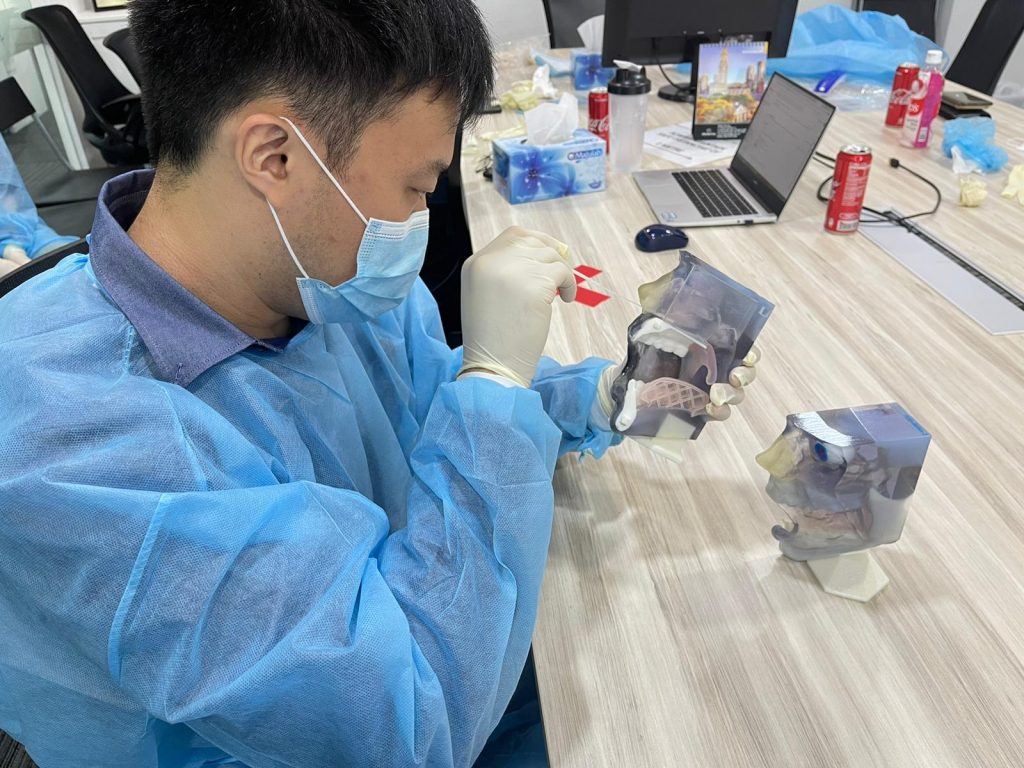
GE Aviation ships its 100,000th 3D printed fuel nozzle tip
Aerospace firm GE Aviation’s Auburn facility has shipped its 100,000th 3D printed LEAP fuel nozzle tip. The site began fabricating the fuel nozzle tips back in 2015 and is widely regarded as the industry’s first mass manufacturing facility for the production of 3D printed aircraft engine parts. Developed for use in the CFM LEAP engine, which reportedly offers 15% better fuel efficiency than previous generations, the nozzle tip consolidates an entire assembly into one part.
GE Aviation Auburn plant leader Andrea McAllister said, “Proving that we could sustain high-volume production is so meaningful to our team in Auburn. We took what used to require about 20 different parts and created a single fuel nozzle tip component with 3D printers and metal powder. We’re excited to grow this technology here.”
UK MPs have high hopes for DMC
With the UK’s Digital Manufacturing Centre (DMC) now fully operational, a number of the country’s MPs have expressed high hopes for the DMC’s implications for the future of British manufacturing. The 2000 sq.m. production facility features state-of-the-art 3D printing systems and is set to play a key role in addressing the manufacturing needs of customers in aerospace, automotive, medical, oil and gas, and more.
Rt. Hon. Dame Andrea Leadsom DBE MP, said, “It was wonderful to be involved in the launch of the Digital Manufacturing Centre. This facility is a shining example of British innovation and ingenuity, providing future-ready manufacturing capability and jobs to the UK. Investment in leading technologies and processes is at the heart of ‘leveling up’ the country and the Industrial Strategy.”
Andrew Lewer MBE MP, commented, “Manufacturing has always been such a critical part of the UK economy and employment; and to see businesses like the DMC, in the heart of Northamptonshire investing in state-of-the-art systems is fantastic. It is an incredibly exciting time for STEM professionals, particularly within this region, and it is great to see businesses like the DMC leading the way.”
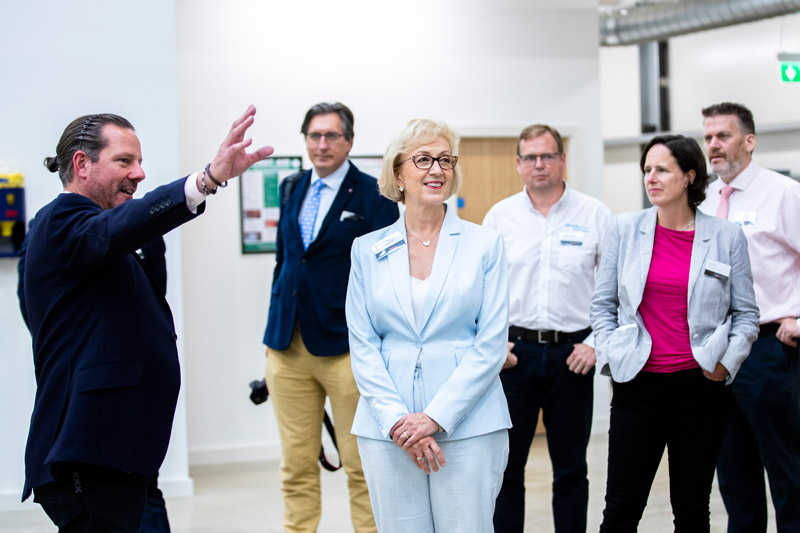
Adidas and Carbon commercially launch 3D printed 4DFWD midsole
German sportswear giant Adidas and 3D printer manufacturer Carbon have launched the latest version of their 3D printed 4D midsole, the 4DFWD, to the public. Manufactured using Carbon’s digital light synthesis (DLS) 3D printing technology, the 4DFWD was worn by athletes at this year’s Olympic Games in Tokyo.
In comparison to previous generations of Adidas’ 4D midsole, the 4DFWD reportedly generates three times as much forward motion under vertical loading in mechanical testing conditions. The 4DFWD shoes are now available in a core black and solar red colorway at a price point of €200.
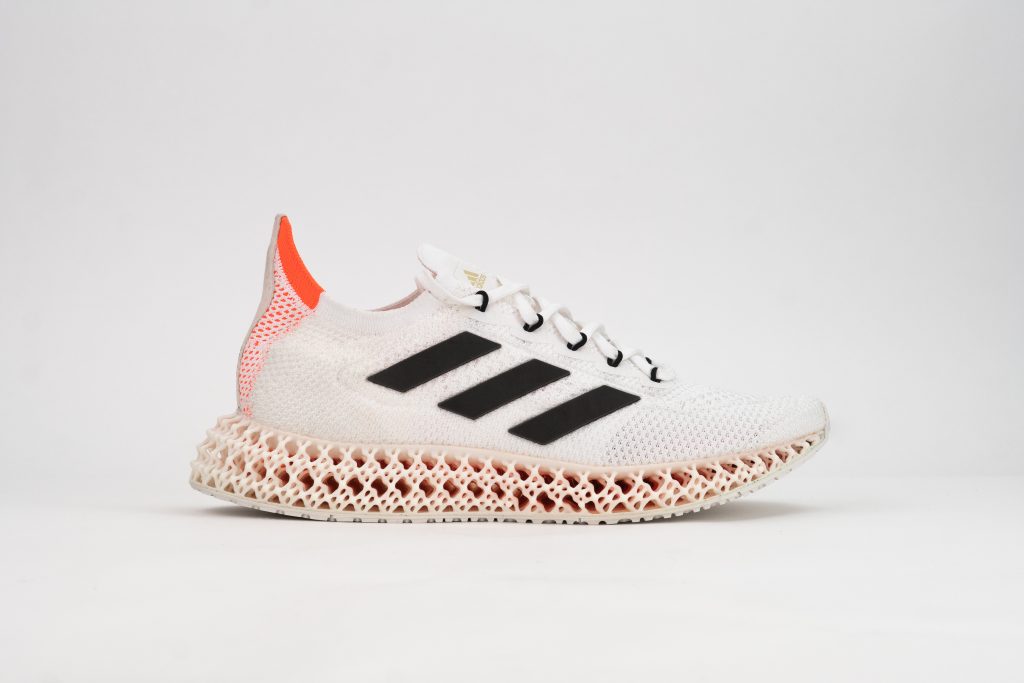
Innovate Test Solutions to develop new 3D printing material testing protocols
New York-based mechanical engineering and testing lab Innovate Test Solutions (ITS) has announced that it will be developing a new set of testing protocols for 3D printed materials. The company has also recently hired Kevin McEvoy as its new General Manager.
McEvoy brings with him more than 20 years of experience as a consultant creating, configuring, and improving industrial processes. At ITS, he will oversee the company’s day-to-day operations and lead the development of new testing procedures for 3D printed parts in sectors such as aerospace, automotive, and energy.
Funding and grants in additive manufacturing
The University of Sydney has been awarded a total of $1.4M in funding by the Australian Research Council (ARC) to support several engineering and science research projects, including one related to 3D printing. The capital was awarded under the ARC’s Linkage Projects scheme, which sees higher education researchers collaborate with the public, private, and not-for-profit sectors.
This year’s round of projects includes the development of a new prefabricated composite brick-concrete panel technology, the development of new molecular materials capable of storing hydrogen gas, and the use of 3D nanoprinting technology to develop novel orthopedic devices to effectively attach synthetic ligaments and tendons to bone.
Professor Hala Zreiqat, Director of the ARC Centre for Innovative BioEngineering, said, “The research benefits Australian industry engaged in developing next-generation synthetic orthopedic solutions, providing a significant competitive advantage in an expanding global market.”
Elsewhere, additive manufacturing software developer Authentise, along with Lancaster University, TWI, and Lloyd’s Register, has been awarded a UK Innovation grant for its project titled “Digital Supply Chain Adoption Curve (DSCAC)”. The project was commenced on April 5th and is expected to run for a period of 6 months, aiming to design, develop, and test a product roadmap for a fully integrated digital supply chain.
Farsoon Flight technology reduces automotive part costs by 90%
Shenzhen-based 3D printing service provider Rapid Parts Solutions (RPS) recently added two Farsoon Flight HT403P systems to its fleet and has managed to reduce the cost of some of its functional automotive parts by up to 90%. Before the investment, RPS manufactured the majority of its clients’ components using traditional manufacturing techniques, often facing excessively long lead times and a lack of on-the-fly customization. Now, the company can have a batch of small polymer parts ready in just two days.
Mr. Deng, Head of the RPS Additive Manufacturing Business Unit, said, “We are excited to have Farsoon as our partner in powder bed fusion technology; the simplicity of the machine operation and competitive price of the Farsoon materials helps us achieve true economy production. With the increasing on-demand orders we have received since the two Flight 403P installations, we are now planning to add more systems to further expansion of our plastic laser sintering production capabilities.”
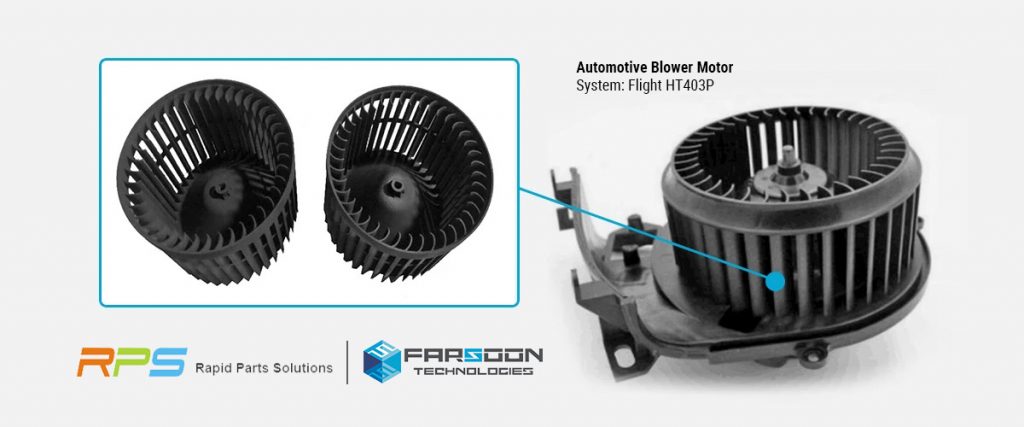
Mac Pierce unveils new 3D printed art installation
Artist and creative technologist Mac Pierce has unveiled a new art installation featuring 3D printed parts. ‘A Scanner Darkly’ depicts a network of 15 security cameras on a wall, each equipped with a Wi-Fi controller and a spotlight that can be toggled on and off.
With the aim of shedding light on the scale of public and corporate surveillance in the US, the installation acts as a dot-matrix character display that shines formations of light on an opposing wall. Every second, A Scanner Darkly shines a new character on the wall, slowly spelling out the text of US surveillance laws and regulations. The enclosures of the cameras are 3D printed.

Nanofabrica rebranded to “Nano Dimension’s Fabrica Group”
Following its acquisition by electronics 3D printing specialist Nano Dimension back in April 2021, microprinting firm Nanofabrica has been rebranded as “Nano Dimension’s Fabrica Group”. The company’s flagship Tera 250 3D printer has also been renamed the “Fabrica 2.0 3D-Additive-Micro-Manufacturing-Machine”.
Yoav Stern, CEO and Chairman of Nano Dimension, added, “’Fabrica Group & Fabrica 2.0 Machine’ branding indicates our expanded focus on any fault-tolerant AM fabrication, not solely AM-Electronics. Moreover, Fabrica Group’s upcoming generations of machines are planned to be equipped with our unique patented deep learning/machine learning for neural-fabrication-network, enabling smart real-time self-correcting manufacturing.”
Additionally, Israel-based medical device startup AntiShock has also recently started using Fabrica Group’s microprinting technology to develop a novel electro-optical sensing medical device. The device comprises several small mechanical moving components and is used to continuously monitor the systemic fluid responsiveness of patients, preventing a condition known as intravenous [IV] fluid overload.
The AntiShock team managed to 3D print five tiny components in just one day, with a cost reduction of 80% when compared to traditional manufacturing processes.
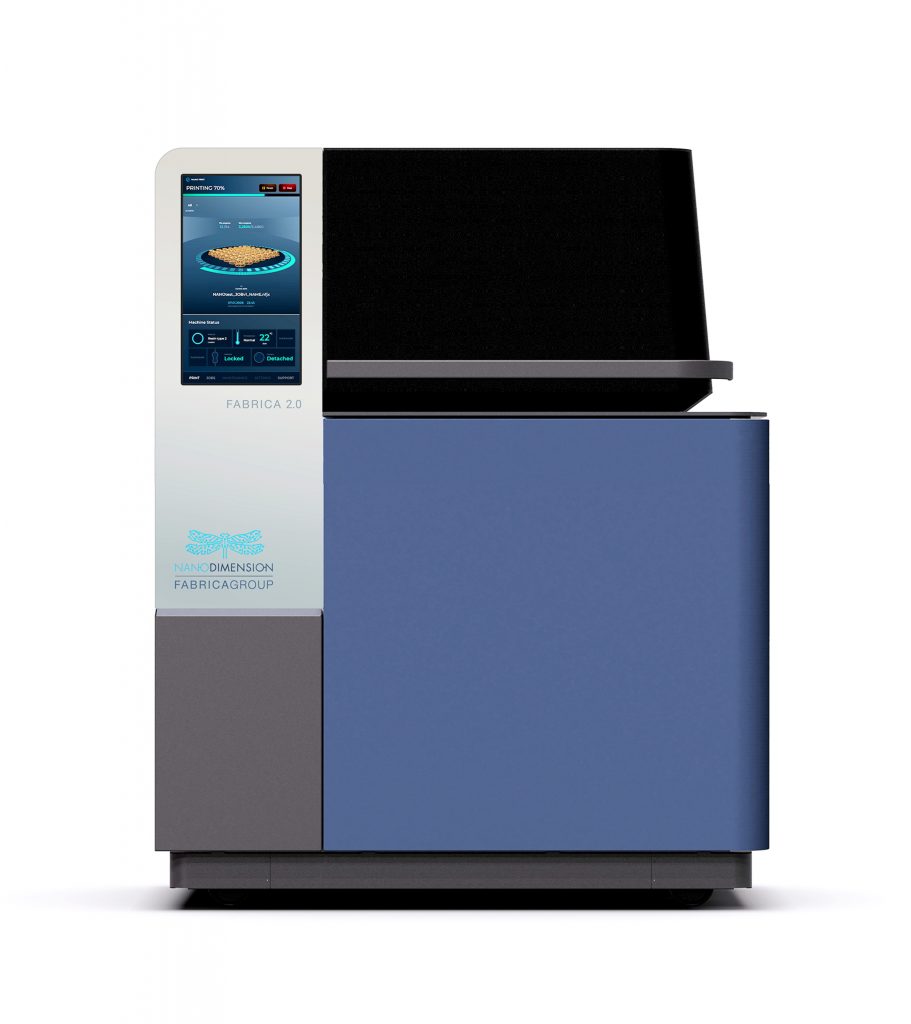
Subscribe to the 3D Printing Industry newsletter for the latest news in additive manufacturing. You can also stay connected by following us on Twitter, liking us on Facebook, and tuning into the 3D Printing Industry YouTube Channel.
Looking for a career in additive manufacturing? Visit 3D Printing Jobs for a selection of roles in the industry.
Featured image shows the Sliced logo on the adidas 4DFWD. Photo via adidas.



